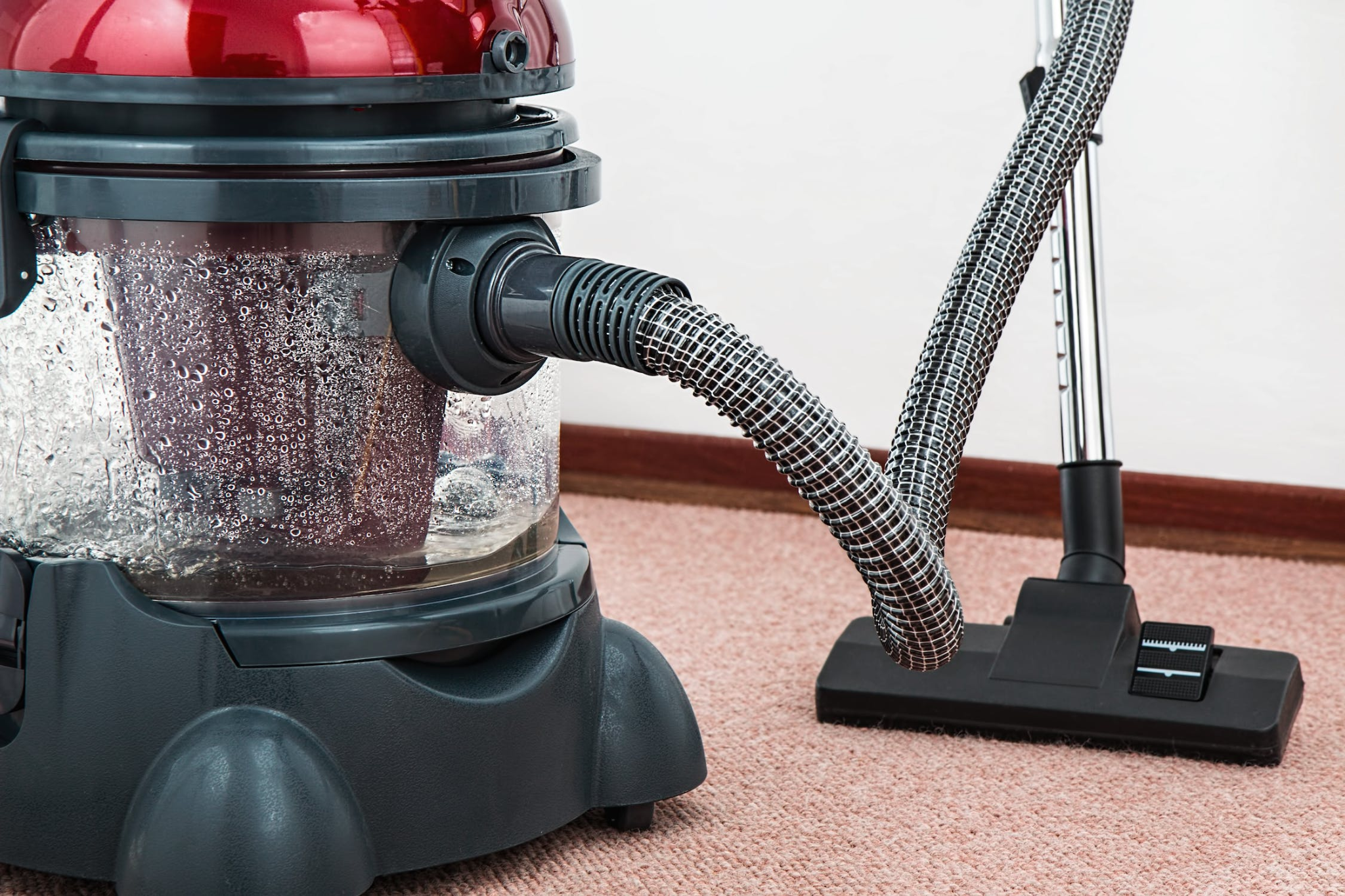If you are wondering how Vacuum Gauges work, this article will answer some of your questions. The article will cover topics such as the differences between a thermocouple gauge and an ionization gauge, the effects of high temperatures on gauges, and how to connect your gauge to the manifold and your engine analyzer.
Negative gauge vs. absolute reference vacuum ranges
In order to measure the real deal, a user needs to take into account a number of factors. These include the type of calibrator, the range of PSI being measured, and the accuracy required. It is also important to know whether the application will require the use of process gasses or not.
Generally, the most reliable calibrator is the one that measures the true absolute PSI. This is the only way to be sure that you are able to achieve the most accurate readings possible. Despite the fact that many electronic calibrators are able to accurately measure absolute pressure, there are many situations where they are unable to do so.
In order to make the most informed purchase decision, it is imperative to know which gauges are best for your application. The right gauge is crucial for your application and is dependent on your budget, the degree of accuracy you require, and the pressure range you intend to use. Choosing the wrong gauge may lead to inaccurate or even harmful results.
Ionization gauges vs. thermocouple gauges
Ionization calibrators and thermocouple calibrators are used to measure the pressure of gasses in a vacuum. While both calibrators use the same basic principle, their measurement ranges vary greatly.
Ionization calibrators use electrons generated by a heated filament. Positive ions are then collected at an electrode and converted to a pressure reading. The ionization process is affected by the composition of the gas being measured.
Unlike thermocouple gauges, which can be used for high-pressure applications, ionization gauges are usually not designed for extreme high-pressure applications. As a result of its wider measurement range, ionization gauges are suited for measuring pressures between 5 x 10-7 Torre and 0.1 Torre. However, ionization gauges are not accurate for absolute pressure measurements.
Because the ionization process involves bombarding the gas with electrons, it is affected by the properties of the gas. For instance, nitrogen has a sensitivity of SN2 (pressure of nitrogen = PN2 at a temperature of 100K). On the other hand, thermocouple calibrators are not usually suitable for pressures above 10 Torre.
Instead, these calibrators are designed to measure pressures in the range of 10-4 to 1 mbar. They are typically used to detect residual gasses with halogens or for oxygen-rich applications. In addition to its wide-ranging application, a thermocouple gauge is advantageous in that it is easy to replace. Typically, the device is composed of a welded wire coil and a heated element.
These elements are then attached to a metal shell that acts as an ion collector. A metal fin may also be attached to the metal shell for additional heat dissipation. Another advantage of the thermocouple gauge is its compact size. It is relatively light and can be mounted in a small receptacle.
Effects of high temperature and gasses on the performance of the gauge
The performance of a vacuum calibrator depends on the type of gasses it is used with and the temperatures at which it is operated. If a calibrator is exposed to extreme temperatures or a range of process gasses like these here, it may give false readings. This can result in the loss of containment and damage to the calibrator.
Several types of pressure and vacuum gauges are available. These include direct and indirect gauges. Direct acting pressure and vacuum gauges are usually used in low and middle vacuum ranges.
Ionization calibrators measure the pressure of gas molecules by measuring the number of ions they produce when they are bombarded by electrons. They are the most sensitive type of calibrators for measuring very low pressures.
Connecting the gauge to the manifold and engine analyzer
When you’re working with the automotive air conditioning system, it’s important to be aware of what to do. You should know how to connect the gauge of vacuum to the manifold and engine analyzer. Using the wrong connections can lead to problems with your calibrator. Also, you’ll need to know the type of refrigerant you’re using. If you don’t, you could damage the A/C unit.
One common type of manifold calibrator is the liquid-column pressure gauge. This is a type of pressure calibrator that uses a column of fluid filled with refrigerant. Each end of the column is exposed to different pressures. The weight of the gauge then changes until the column balances.
Another type of gauge is the Bourdon tube pressure gauge. It measures the pressure of the system by measuring the movement of a hollow tube, which is pressurized. As the pressure increases, the tube deforms.
